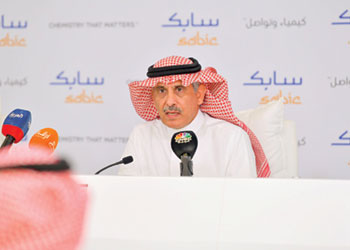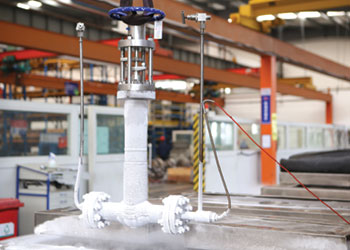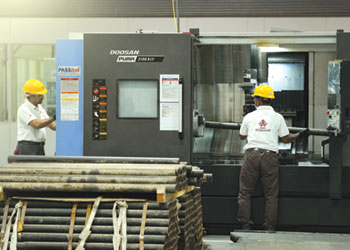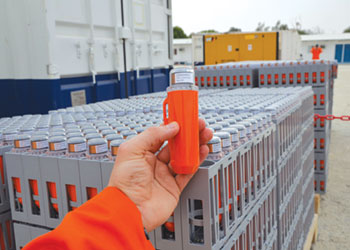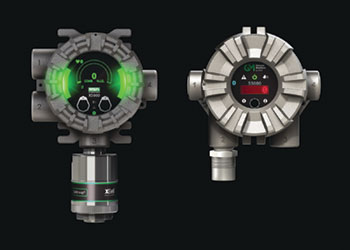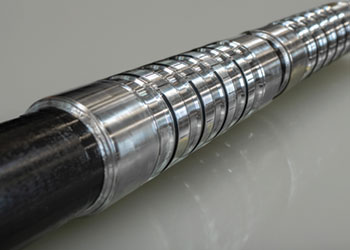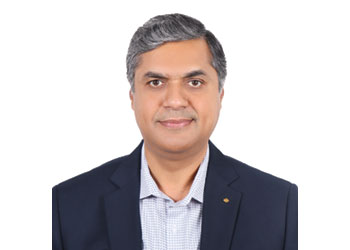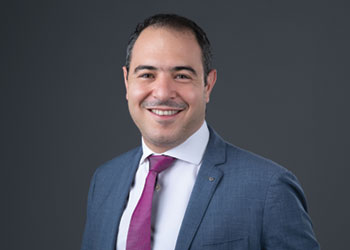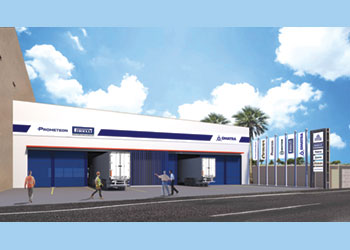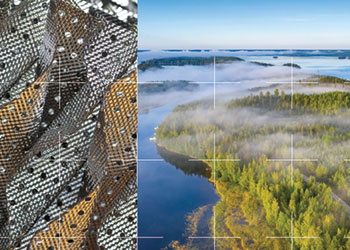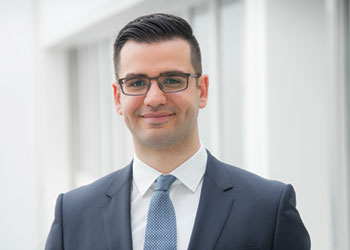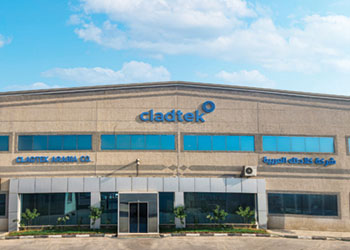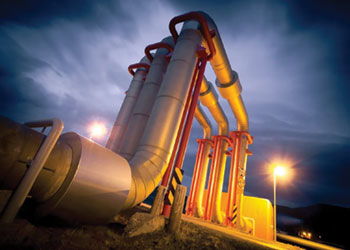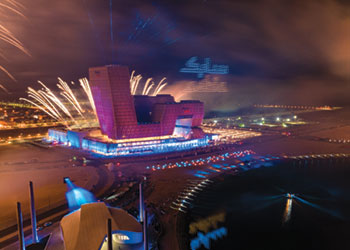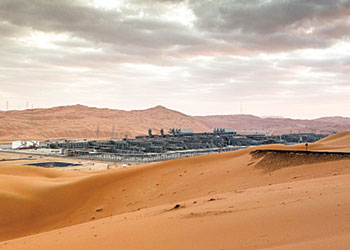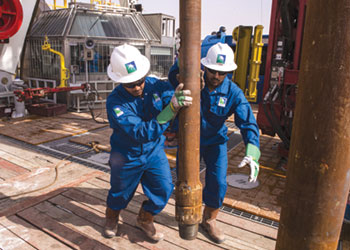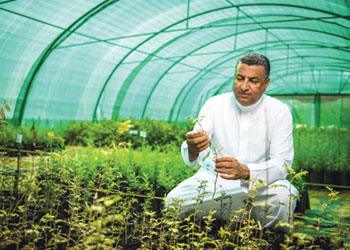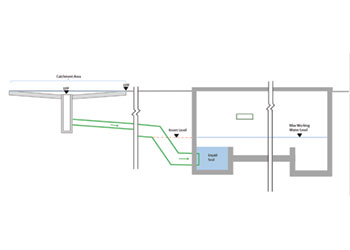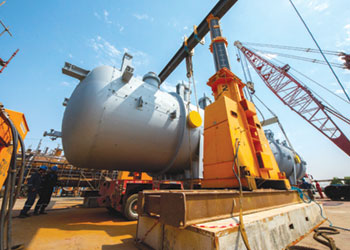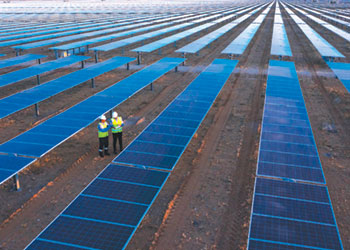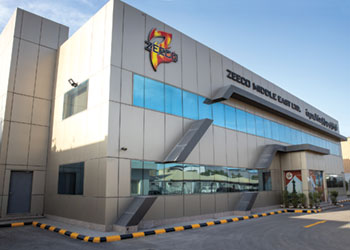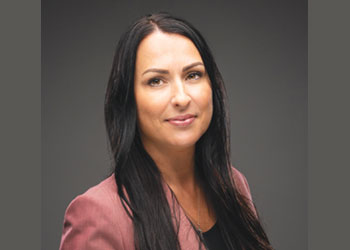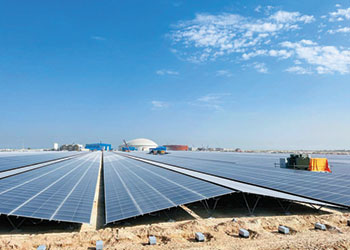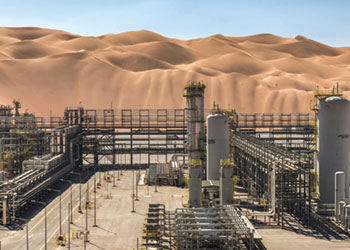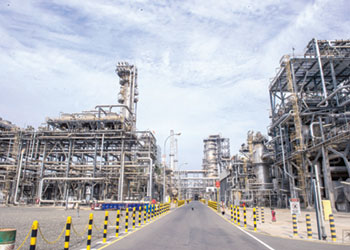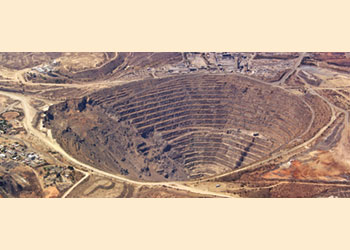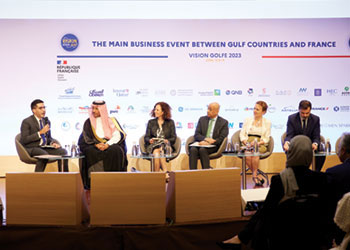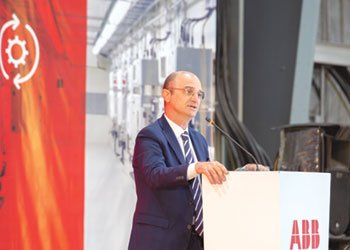
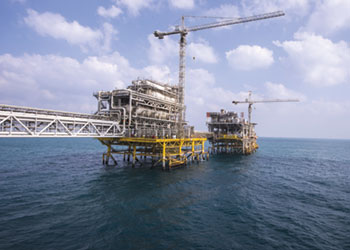 Safaniya oil field…discovered in 1952, it is the world’s largest offshore oilfield
Safaniya oil field…discovered in 1952, it is the world’s largest offshore oilfield
Aramco's average hydrocarbon production was 13.6 million barrels of oil equivalent (boe) per day and the total reserves were estimated at 258.8 billion boe in 2022
Aramco began producing commercial quantities of crude oil in 1938. Since then it has built a reputation for unmatched reliability in supplying crude oil to energy markets around the world.
In 2022, Aramco’s average hydrocarbon production was 13.6 million barrels of oil equivalent per day (mmboed), including 11.5 million barrels per day (mmbpd) of total liquids. Aramco aims to increase the Maximum Sustainable Capacity (MSC) to 13.0 mmbpd by 2027.
Aramco’s conventional proved reserves and crude oil production are unrivalled. Through the utilisation of a skilled workforce operating in a safe and reliable manner and leveraging technology, Aramco sustains its low-cost and low carbon intensity crude oil production.
As at December 31, 2022, Aramco’s reserves were 258.8 billion boe (2021: 253.6 billion boe), including 200.8 billion barrels (2021: 196.9 billion barrels) of crude oil and condensate, 25.2 billion barrels (2021: 25.2 billion barrels) of NGL, and 201.9 tscf (2021: 194.5 tscf) of natural gas.
It produces five different grades of crude oil. These are: Arabian Heavy, Arabian Medium, Arabian Light, Arabian Extra Light, and Arabian Super Light. This gives it the flexibility, guided by its outlook and assessment of future refinery requirements in its markets, to optimise the company's crude oil production mix to always meet its customers' needs. It continues to invest in its upstream capabilities to ensure it is able to meet rising demand, well into the future.
Aramco's key oil locations are:
Abqaiq: As the company's largest oil processing facility and the largest crude oil stabilisation plant in the world, Abqaiq plays a pivotal role in its day-to-day operations.
Abqaiq oil facilities receive sour crude oil from gas-oil separation plants (GOSPs), process it into sweet crude oil, and then transport it to Ras Tanura and Jubail on the east coast, Yanbu on the west coast and to Bapco Refinery in Bahrain. The off gases from the spheroids and stabiliser columns that are part of the conversion process are then sent to Abqaiq natural gas liquids (NGL) facilities for further processing.
Abqaiq is the main oil processing center for Arabian Extra Light and Arabian Light crude oils.
Ghawar: The northern-most portion of the Ghawar field lies approximately 100 km west of Dhahran. The field comprises six main areas (Fazran, Ain Dar, Shedgum, Uthaminyah, Hawiyah and Haradh) and extends southward over more than 200 km as one long continuous anticline. It is approximately 36 km across at its widest point.
It is believed that the Ghawar field is the largest oil field in the world in terms of conventional proved reserves, totalling 58.32 billion barrels of oil equivalent as at 31 December 2018. It has accounted for more than half of the total cumulative crude oil production in the Kingdom with an average capacity of 3.8 million bpd (2018 figure).
The Ghawar field facilities and infrastructure remain a central component in our long-term strategic framework for optimising both technical recovery of resources and the economics of resource management.
Haradh: The Haradh area, located at the southern tip of the Ghawar oil field, was developed in three increments of 300,000 bpd of Arabian Light crude oil capacity.
Haradh III was also the first plant in the Southern Area of company operations to have completely automated well control and monitoring, allowing remote operations. The project benefited from successful integration of four technologies: multilateral, maximum reservoir contact (MRC) wells; Smart Well completions (using control valves for preventing premature water breakthrough); geosteering (for optimal placement of wells in the reservoir for maximum recovery); and the 'intelligent field' concept, in which real-time sub-surface data transmissions enable continual monitoring of key reservoir indicators. The integrated use of these four technologies slashed unit well development costs three-fold.
Khurais: The Khurais complex, which comprises the Abu Jifan and Mazalij fields in addition to Khurais itself, is approximately 106 km long and 18 km across at its widest point. It has a capacity to produce an average of 1.45 million bpd of oil (2018 figure).
Khursaniyah: The Khursaniyah programme includes facilities to process and stabilise 500,000 bpd of Arabian Light crude oil blend from the Abu Hadriya, Fadhili and Khursaniyah fields, and a grassroots gas plant to process one billion scfd of associated gas.
Khursaniyah began producing oil in August 2008. The facility also has the capacity to inject 1.1 million bpd of non-potable water for reservoir pressure maintenance.
Manifa: The Unesco environmental responsibility award nominated Manifa crude oil development was designed to produce 900,000 bpd of Arabian Heavy crude oil, 90 million scfd of sour gas, and 65,000 bpd of hydrocarbon condensate. By employing best-in-class technologies in infrastructure, drilling and production activities, the project consumed more than 80 million man hours without a lost time injury.
Nuayyim: Nuayyim crude oil increment added 100,000 bpd of Arabian Super Light crude oil and 90 million scfd of associated gas to Aramco's production capacity.
The project – the first in-Kingdom project of this scale with a project proposal completed entirely in Saudi Arabia – also included a gas-oil separation plant, 140 km of 16' gas pipeline, and water supply facilities at Hawtah. Smokeless flaring has been used to significantly reduce emissions.
Qatif: Qatif Producing Plants Program consists of facilities to produce, process, and transport 500,000 bpd of blended Arabian Light crude oil from the Qatif field and 300,000 bpd of Arabian Medium crude oil from the offshore Abu Sa'fah field. The Qatif facility was the first to produce Arabian Light crude oil by blending Arabian Extra Light, Light and Medium grades.
Safaniyah: It is believed that Safaniyah field is the world's largest conventional offshore oil field in terms of proved reserves. It is located approximately 260 km north of Dhahran. Most of the field lies offshore in the Arabian Gulf. Within the concession area, the Safaniyah field is approximately 50 km long and 15 km wide. This field has a capacity to produce 1.3 million bpd of oil.
Shaybah: The Shaybah field, located in the Rub’ al-Khali or Empty Quarter, was discovered in 1968. Its remote location, local summer temperatures in excess of 50 deg C and sand dunes higher than 300 m presented serious challenges. So for technical and economic reasons, development was held off until 20 years later. However, by the 1990s, advances in 3D seismic imaging technology, horizontal drilling and other technologies gave Aramco the tools it needed to begin production.
Compiled By SREE BHAT



















































































